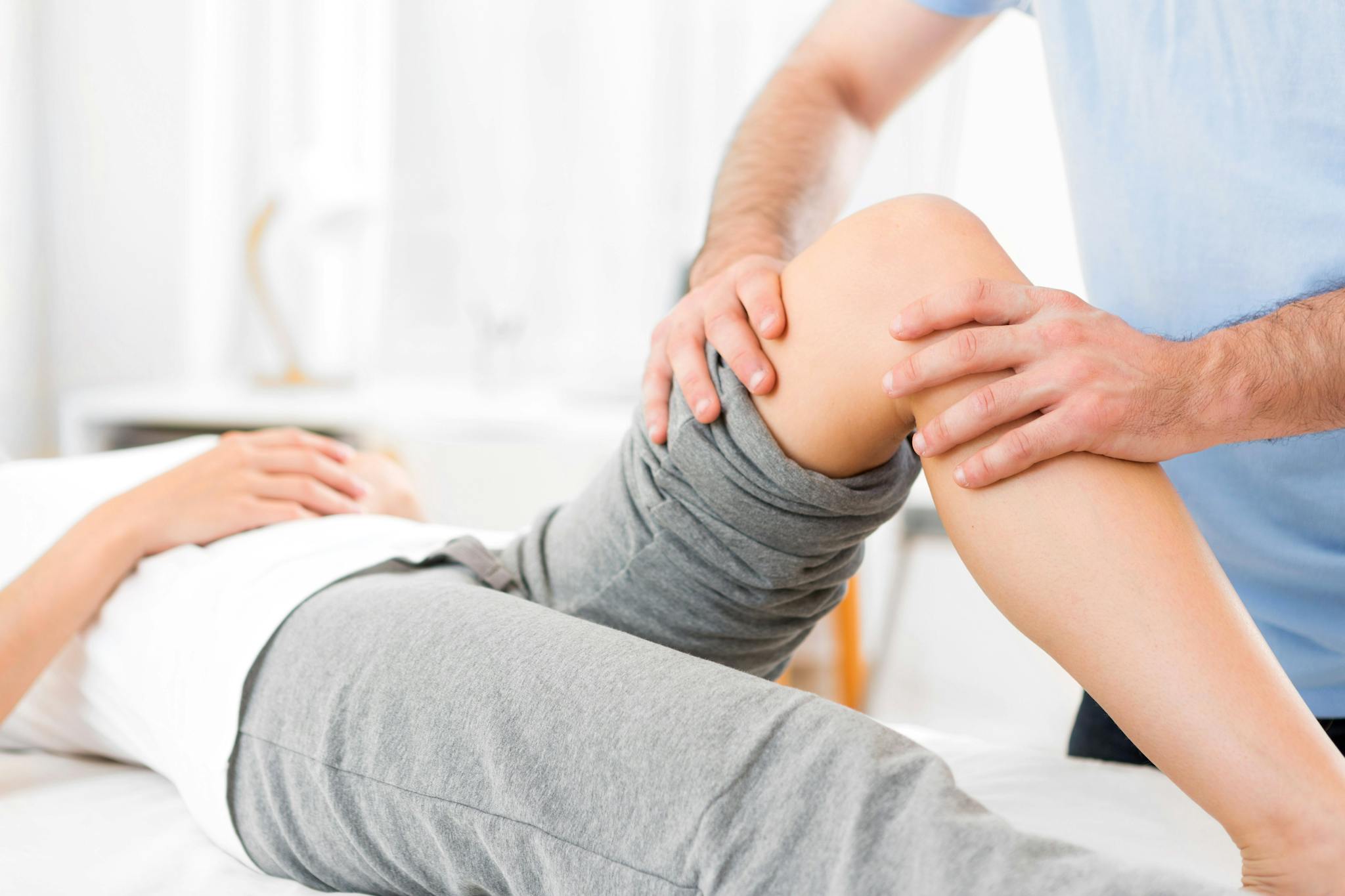
2024-07-12T16:54:51
Sunscreen Travel Tips
- Dermatology
August 12, 2016 | Orthopedics • Sports Fitness and Physical Therapy

Many injured people don’t realize how effective physical therapists can be at treating their pain, correcting its source and preventing future injuries. A customized physical therapy program does this by strengthening muscles, increasing mobility and improving flexibility and range of motion using a combination of stretches and exercises. Not only does this treatment process help your body heal and recover, returning you to your prior level of functioning, it often makes you stronger and less injury-prone in the long-term, improving your overall health and well being.
Oftentimes, opting for the conservative physical therapy route is effective at eliminating pain and healing an injury where surgery is not needed. But even if surgery is required, patients often see great benefits from pre-surgery physical therapy and a faster recovery thanks to the strength built up before their surgical procedure.
Let’s look at some of the most common injuries that physical therapists treat.
A myriad of soft tissue sprains and strains benefit from physical therapy. More than 25,000 people will sprain their ankle on any given day. This injury happens when the foot twists beyond its normal range of movement, causing the ligaments that hold the joint together to stretch beyond their normal length. Turn your ankle too much, and the ligaments may tear. Physical therapy treatments help relieve the swelling, pain and stiffness that reduce the range of motion at the joint. Muscle-strengthening exercises are followed by functional exercises to help you get back to the activities that you were doing before your injury.
PT is also used to treat Achilles tendonitis, a repetitive stress injury to the large tendon that powers the foot to push off the ground during walking and running. If ignored for too long, this minor condition can cause the tendon to rupture, requiring surgical correction. If caught early enough, however, physical therapy can often help you make a full recovery.
Knee injuries are one of the most common reasons people go to a doctor. Fractures, dislocation, sprains and soft tissue tears are among the most common injuries affecting the largest joint in the human body.
A tear in the medial collateral ligament (MCL) is a common injury seen in contact sports when there is a quick bend or twist of the knee in the wrong direction. The MCL is “the band of tissue that stretches behind your kneecap from the thighbone to a point on the shinbone about four to six inches below the knee. It keeps your knee from bending backwards.”
Although very painful, this injury may heal on its own after a few weeks of rest. In the past, surgery was often used for severe MCL tears, but physical therapy is now considered a reliable and viable first line of treatment.
Physical therapists effectively treat complex upper extremity injuries including:
Fractures
Compression-based and traumatic peripheral nerve injuries
Tendon lacerations and repairs
Overuse tendinopathies
“Tennis elbow”, or lateral epicondylitis
The rotator cuff is the spot at the top of each arm where the tendons of four muscles combine and connect it to your shoulder blade. Athletes are prone to tears in this region, often from repetitive motions, but even a bad fall or lifting something too heavy can result in an injury.
Tennis elbow is another common overuse injury seen in sports that involve repetitive movements of the arms. This condition is caused by micro-tears and collagen breakdown and affects up to 3 percent of the U.S. population annually. Without treatment, many people end up requiring surgery to make a full recovery, but early intervention with anti-inflammatory medications, steroid injections and physical therapy can jumpstart the healing process.
If you suffer a sudden or chronic injury, it’s important to consult your orthopedic physician right away to prevent a more serious condition from developing. Revere Health Orthopedics is one of the largest orthopedic groups in the state, and we employ a variety of methods, including non-surgical, to make sure you can get back to the activities you enjoy as quickly as possible.
WRITTEN BY:
The Live Better Team


2024-07-12T16:54:51

2024-07-02T11:42:04

2024-07-01T13:49:28

2024-06-21T14:29:51
This information is not intended to replace the advice of a medical professional. You should always consult your doctor before making decisions about your health.